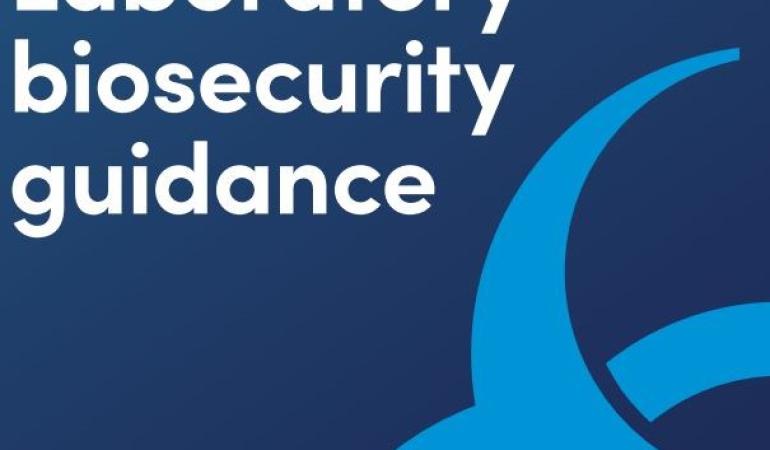
In the spring, two publications were published that are important for biosecurity. The WHO published Laboratory biosecurity guidance. This is a revision of Biorisk management: laboratory biosecurity guidance from 2006. Also, new policy of the US government was published on research with high-risk pathogens and dual-use.
WHO Laboratory biosecurity guidance
WHO published the Laboratory biosecurity guidance in June. This document is a revision of the 2006 Biorisk management: laboratory biosecurity guidance. The focus of the revised guidance is on biosecurity risk assessment, biosafety committees within organizations and a proposal for a system of national surveillance. This guidance follows the principles of biosecurity risk assessment as previously introduced in WHO’s Laboratory biosafety manual, fourth edition (LBM4).
The Laboratory biosecurity guidance provides practical tools and guidelines for managing biosecurity risks in laboratories. In addition to various biosecurity pillars including equipment, transport, operations, storage and destruction of samples, current topics such as cybersecurity and artificial intelligence are also addressed.
US Government Releases Policy for Oversight of Dual Use Research of Concern and Pathogens with Enhanced Pandemic Potential
On May 6, 2024, the US government (OSTP) published a comprehensive policy for oversight of dual-use research with high-risk pathogens, also known as Pathogens with Enhanced Pandemic Potential. This new policy combines the current policy for dual-use research with high-risk pathogens with new rules for oversight of this research and how this can be achieved in collaboration with institutions. Although this is US policy, it may also have an impact on research conducted in Europe, especially if it is (partly) funded by, for example, the NIH.